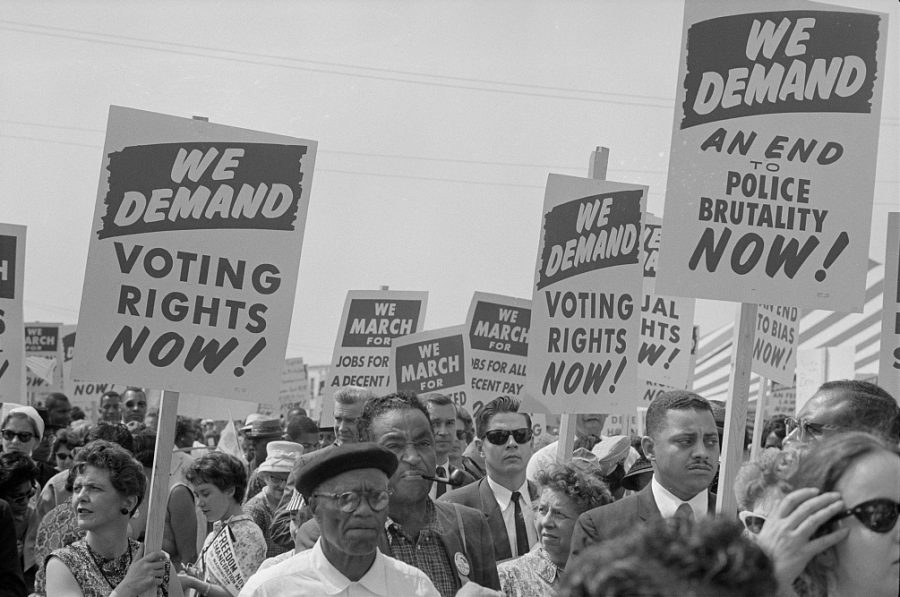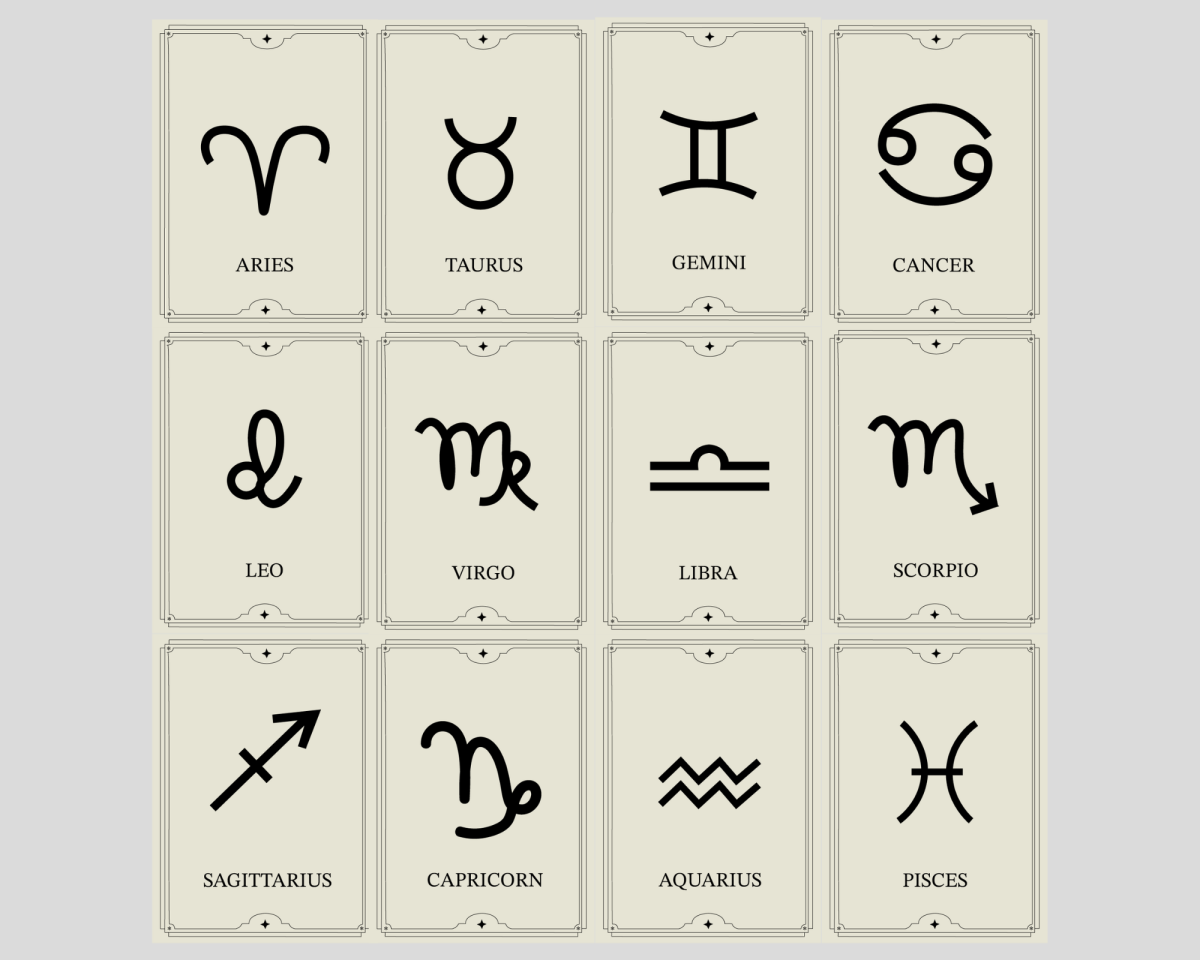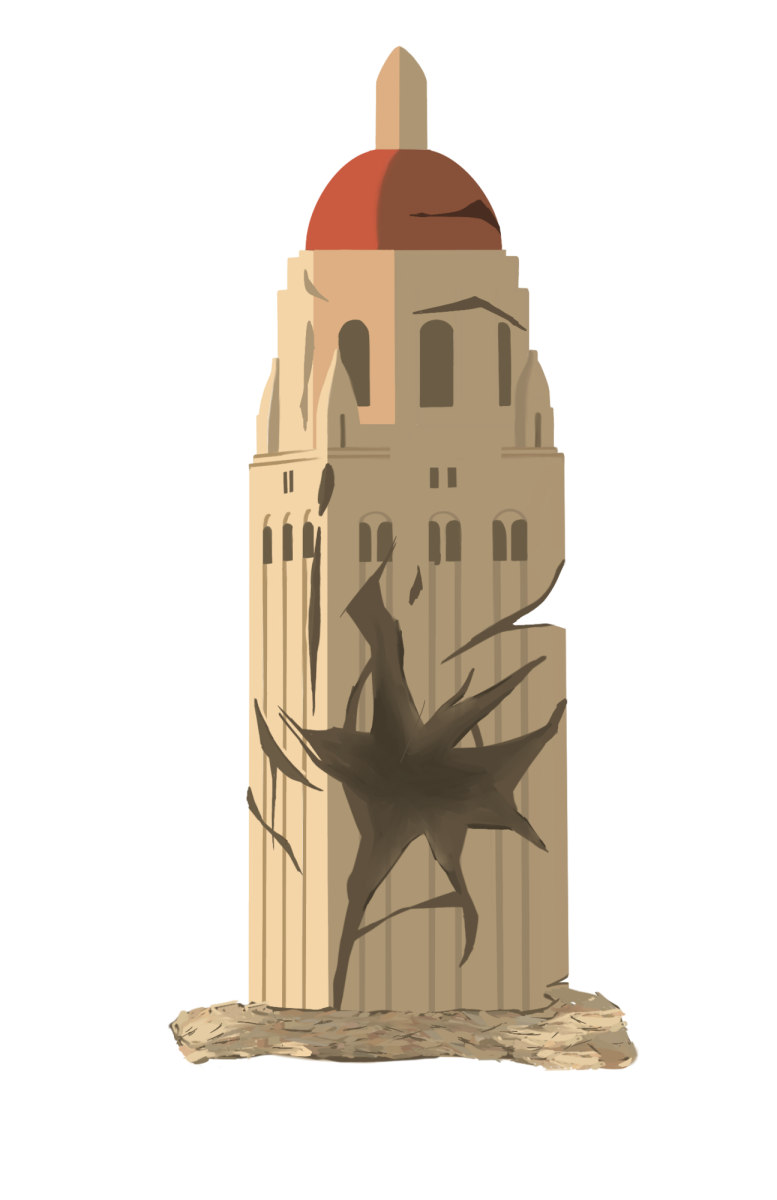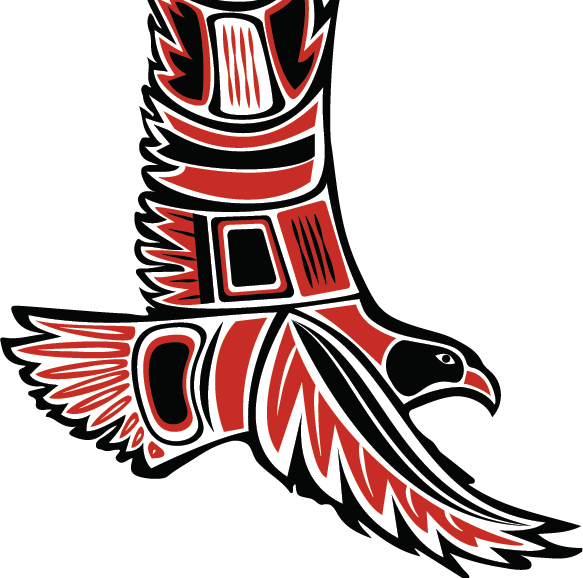Written by Julia Cheunkarndee
1619: 20 African indentured servants are brought to Jamestown, Virginia.
1820: Harriet Tubman is born as a slave in Maryland. After escaping from the plantation in 1849, she returns to the South several times and helps other slaves to freedom along a network known as the Underground Railroad. By 1860, she has made the successful journey almost twenty times and rescued over 300 slaves.
1846: Frederick Douglass publishes the newspaper North Star, which becomes influential in speaking out against slavery. Through the paper, African Americans find a publication of their own, in which they can express their opinions and have their voice heard.
1863: The Emancipation Proclamation is issued by President Abraham Lincoln. The edict grants freedom to all slaves within Confederate states. It does not, however, free the African Americans living within the Union, in an effort to maintain those states’ loyalty.
1865 & 1866: The 13th amendment abolishes slavery in the U.S, and the Civil Rights Act grants citizenship and equal rights to all male citizens in the U.S “without distinction of race or color.”
1896: Jim Crow laws are begun by the Supreme Court’s ruling in Plessy v. Ferguson. Segregation is ruled as constitutional, with a doctrine of “separate but equal.” The South makes up the majority of states in which these laws are enacted, conducting racial segregation in public areas such as schools and transport.
1910: The Great Migration begins. Factories are deprived of a labor source after the end of World War I, since many of the workers were immigrants from Europe. African Americans begin to migrate North for jobs and the hope of a better life. By 1970, around six million African Americans have moved from the South.
1920: The Harlem Renaissance begins. African American artists in the North create a cultural renaissance that takes place mainly in Harlem, an area within New York City. Famous figures include Langston Hughes, Walter White and Zora Neale Hurston. It creates racial pride and raises many artists to fame within the black community.
1929: Birth of Martin Luther King. As an adult, King works on campaigns such as boycotting segregated Montgomery buses, as well as the March on Washington and the Selma to Montgomery March. For his work, King is awarded the Nobel Peace Prize in 1964. Four years later, he is assassinated.
1954: Brown v. Board of Education. The Supreme Court rules that it is unconstitutional to have racial segregation in public schools. Segregated schools are shown to have been providing an unequal education for blacks and whites.
1964: The Civil Rights Act passes. This abolishes Jim Crow laws and makes discrimination illegal in the United States.
1965: The Selma to Montgomery march for voting rights begins in March. African Americans have faced challenges and discrimination when attempting to vote, which limits their political power. Thousands of African Americans, led by leaders such as Martin Luther King, march 54 miles from Selma, Alabama to the capital Montgomery. In August, the Voting Rights Act is signed by President Lyndon Johnson. Its goal is to increase the number of registered voters in areas of recorded discrimination, by outlawing literacy tests and changes in voting practices.
2008: Barack Obama becomes first black president of the United States.
2012: Black Lives Matter is created.
























